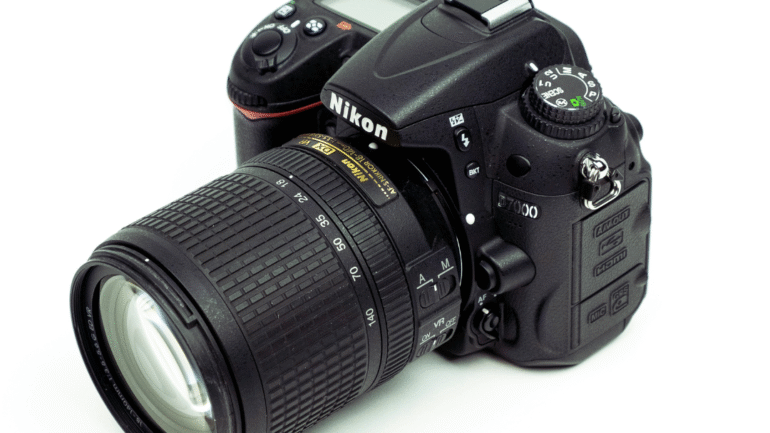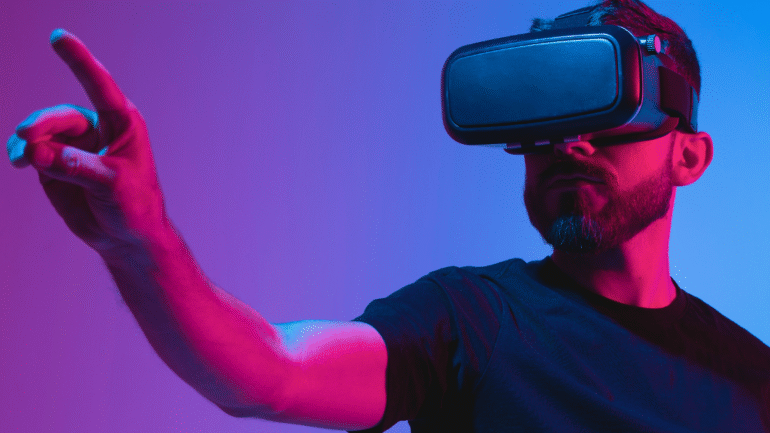Technology has always been changing the way that our society is structured. From the time before electricity to the creation of computers, technology has brought changes and offers opportunities to solve problems all around us. However, when it comes to music, technology has always had a large impact on how popular songs are created.
What is Popular Music?
Popular music has been around for centuries and has evolved over time. In the early days, popular music was typically religious or folk-based. As time went on, popular music became more diverse and included sounds from all across the globe. Today, popular music is still evolving and changing constantly, with new sounds hitting the charts every week.
One of the most important factors in determining what makes a song popular is its sound. Good sound quality is essential to making a song successful, and this is why many songs nowadays are recorded in studios with high-quality equipment. Additionally, songwriters today are able to create catchy melodies that appeal to a wide audience.
Another important factor in determining whether a song will be successful is its video clip. Many times, it’s the video clip that helps drive traffic to a song’s website or iTunes store so that people can buy it. And last but not least, marketing is also essential for any popular music artist. They need to put in extra effort if they want their songs to reach a wider audience.
The Impact of Technology on Popular Music
Technology has had a profound impact on popular music over the last few decades. In particular, digital audio technology has allowed for new ways to create and distribute music. This is particularly evident in the way that modern music is created and distributed, as well as how it is listened to.
One of the most significant changes that have occurred with digital audio technology is the way that music can be created and distributed. Previously, popular music was typically composed and recorded by musicians in studios. With digital audio technology, however, popular music can now be created and distributed through online platforms like iTunes and Spotify. This means that anyone with an internet connection can access and listen to popular music regardless of where they are located. This change has had a profound impact on the way that people consume popular music.
Prior to digital audio technology, people would typically listen to albums or songs sequentially. With digital audio technology, however, people are now more likely to listen to entire albums or songs in one sitting. This shift has led to the increased popularity of “binge listening” habits among consumers.
How Technology has Changed over Time
Technology has played a major role in popular music over the years. From vinyl records to cassette tapes to CDs to mp3s, technology has been a key player in the way we listen to and experience music. In the early days of music, musicians would have to rely on physical formats such as vinyl records or cassette tapes to distribute their music. With these technologies, musicians had control over how their music was distributed and could customize the packaging and artwork for each copy. This allowed for a unique level of connection between artist and listener, something that is largely lost with today’s digital distribution platforms.
As CD sales began to decline in the late 1990s, many record labels shifted their focus towards distributing digital files such as MP3s. Although this transition created some challenges for artists (most notably piracy), it also opened up new opportunities for them. For example, artists now have complete control over how their music is delivered and can tailor it specifically for each individual listener. This allows them to create an even more personal connection with their fans and maximizes the potential reach of their work.
With so many different ways to consume music now, it’s no surprise that technology continues to play an important role in popular music. From creating unique experiences for listeners to promoting creativity among musicians, technology is essential in making popular music thrive in today’s world.
How the Net Effects Social Media’s Role in Popular Music
Over the past few years, there has been a noticeable change in the way popular music is produced and distributed. In the past, popular music was typically made by large record labels and studios, who would then release it through radio or television advertisements. However, with the advent of technology, popular music is now made and distributed through social media platforms such as YouTube and Spotify.
This new way of producing and distributing popular music has several advantages. For one, it allows for more creative freedom and independence than ever before. This is because social media platforms are not beholden to traditional commercial interests like radio or television. Additionally, social media platforms are much more accessible than traditional media outlets; meaning that they can be used by smaller bands or artists without having to spend a fortune on advertising.
Overall, social media’s role in popular music has had a positive impact on the industry overall. It has allowed for more creative freedom and independence in the production of popular music, which has resulted in more innovative and unique tracks being created.
K-pop’s emergence
K-pop rose as a popular cultural music in the recent years. Technology, as discussed above, seems to have played a great role in its development. Advanced recordings to ensure high-quality music, digital platforms leading to global reach, and social media leading to huge engagement – amplified K-pop’s domination on the music industry. On the other hand, fans prefer albums over digital music – conveying loyalty to their favourites. Many reputable sites like https://kplaceshop.com/ and similar others sell K-pop products ranging from Albums to DVDs and magazines, which may help in forming a deeper connection between the fan and the artist.
Technology has played a significant role in popular music over the past few decades. From the development of digital audio technology to the advent of social media, it’s no secret that our world has changed immensely since music first took hold of our hearts and minds. Whether you’re a fan of current pop songs or older classics, there’s probably a good reason why they’ve been enhanced by technological advances. So let’s take a look at some examples!





